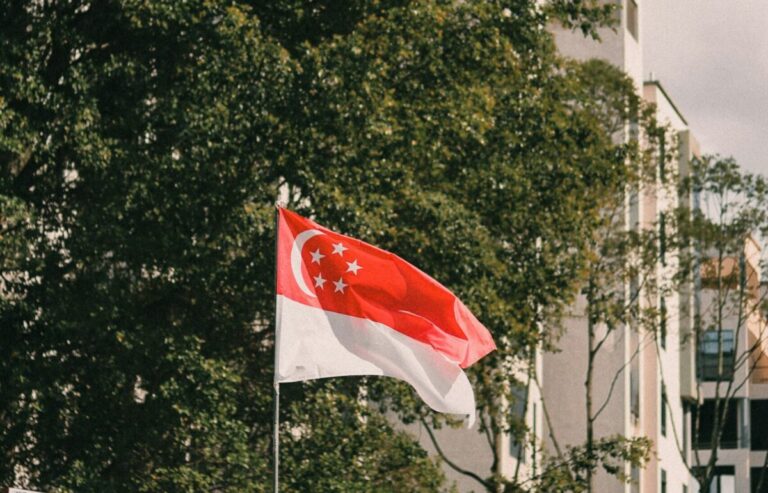Research from the National University of Singapore shows that Singapore could achieve its target of 2 GW of solar installations by 2028, ahead of the 2030 deadline. The study suggests that the government could increase its long-term solar energy targets by implement policies that promote better use of the area, subsidies and improvements in panel efficiency.
Singapore The country is on track to meet its 2030 solar energy goals, according to a new study. The country has set a target of increasing its solar capacity to 2 GW by the end of this decade, up from 300 MW today.
The study “Evaluating Singapore’s solar capacity growth towards the Green Plan 2030 targets and beyond, using a system dynamics modeling approach”, is available in the December issue of Applied energy. It identifies solar energy as the most viable source of renewable energy for Singapore’s energy mix, which currently consists of 95% natural gas.
The National University of Singapore researchers used systems thinking and system dynamics (ST&SD) modeling methodology to evaluate Singapore’s solar capacity growth, carbon emissions savings and share of electricity demand, taking into account factors such as area use, subsidies and the efficiency of PV panels.
The methodology included simulations of existing policies, both individually and in combination, to provide an analysis of their future impact. Results from model simulations and projections indicated that Singapore is on track to meet its target of 2 GW of solar capacity by 2030, and possibly by 2028.
Projections from the Solar Energy Research Institute of Singapore show that the share of solar energy in Singapore’s national grid will be between 2% and 6% in 2030, and between 3.5% and 8% in 2040.
Based on the findings, the researchers recommend that Singapore aim for solar energy to have an 8% share of its electricity grid by 2040, but add that the government should put in place policies to support solar energy deployment, including greater use of the area, subsidies and higher panel efficiency. to ensure that the goal is achieved.
“The ST&SD methodology discussed here can complement existing initiatives and policies from various agencies, stakeholders and government in planning long-term energy security solutions for a land-scarce country like Singapore,” said Dr. Bellam Sreenivasulu, one of the authors of the study. “These efforts will be critical in securing an environmentally friendly energy mix and deployment in the context of Singapore.”
This content is copyrighted and may not be reused. If you would like to collaborate with us and reuse some of our content, please contact: editors@pv-magazine.com.


